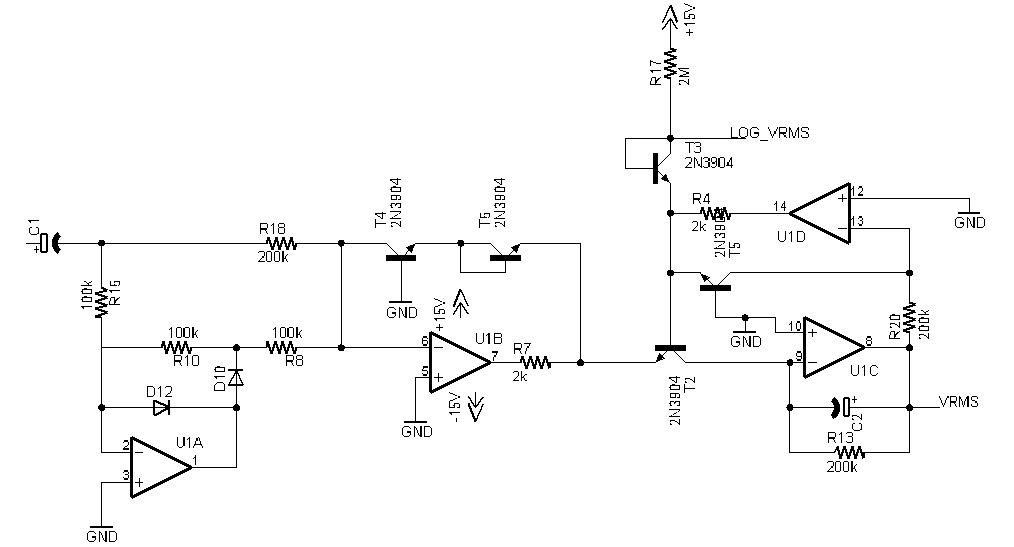barclaycon
Well-known member
Well that's very honest of you Wayne. We used 2 Dynaflangers on a Cure record to good effect many years ago. It was an interesting effects box but the sound was a little thin.
In the 80's I experimented with a Reticon chip sandwidged between 2 Telcom NR chips (remember the Telefunken NR system ?). It was quite impressive but not as dramatic as the DBX arrangement - especially when using feedback.
The Time Modulator has an additional limiter (Vactrol) to help with regenerative effects. I guess that Steve probably stockpiled a load of SAD1024's when he realised that they were going out of production. He used to refer to the delay chips as 'analogue RAM'.
It's interesting that they are re-creating a few of these units - I think they will be hard pressed to find 303 boards.
The possibility of creating a one-chip version of those DBX boards is what sparked my interest in the thread in the first place.
Martyn
In the 80's I experimented with a Reticon chip sandwidged between 2 Telcom NR chips (remember the Telefunken NR system ?). It was quite impressive but not as dramatic as the DBX arrangement - especially when using feedback.
The Time Modulator has an additional limiter (Vactrol) to help with regenerative effects. I guess that Steve probably stockpiled a load of SAD1024's when he realised that they were going out of production. He used to refer to the delay chips as 'analogue RAM'.
It's interesting that they are re-creating a few of these units - I think they will be hard pressed to find 303 boards.
The possibility of creating a one-chip version of those DBX boards is what sparked my interest in the thread in the first place.
Martyn

























![Soldering Iron Kit, 120W LED Digital Advanced Solder Iron Soldering Gun kit, 110V Welding Tools, Smart Temperature Control [356℉-932℉], Extra 5pcs Tips, Auto Sleep, Temp Calibration, Orange](https://m.media-amazon.com/images/I/51sFKu9SdeL._SL500_.jpg)








